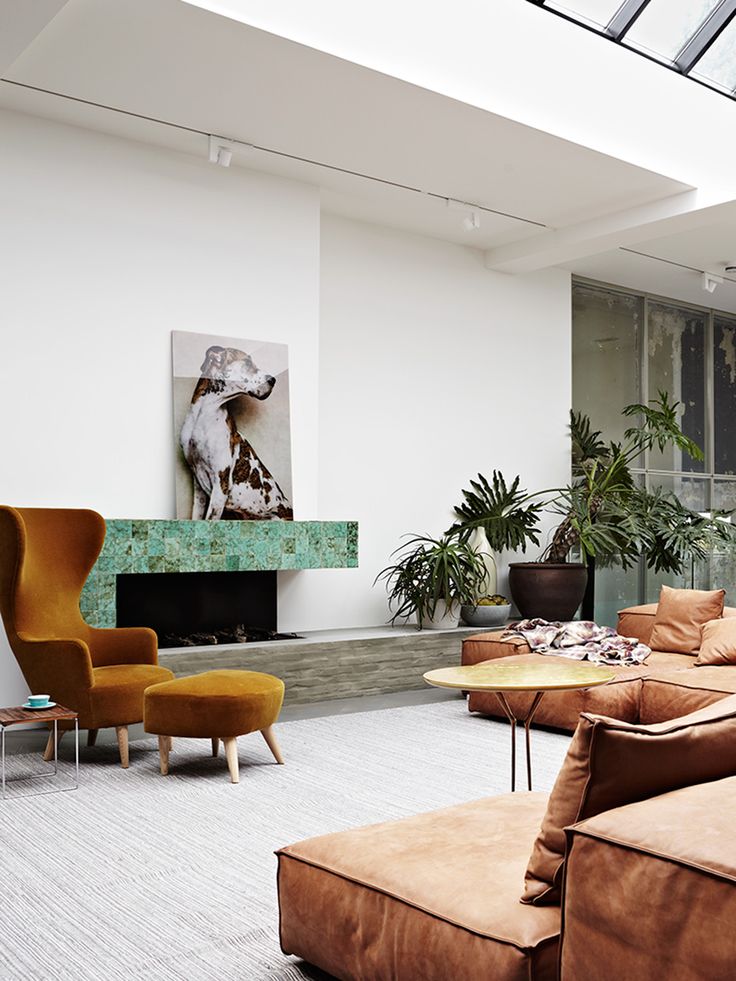As an architectural photographer in the San Francisco Bay Area with more than twenty years' specialized experience photographing interior design, I have learned that it is important to know as much about your client as possible before you begin to create photographs for them. It is true that a good photographer can create wonderful photographs without in-depth knowledge of their client's personal tastes and working style, but anyone who has worked with the same team on three or four photo shoots will tell you that knowing more about the people involved will result in much better photographs. This is why architects and designers will often work with a photographer for many years at a time regardless of economic considerations or outside influences.
It takes a significant investment of time on the part of the photographer to get to know his or her clients personally, to understand their unique style and how they want their work presented to the world, but to do your best job requires a commitment to the designer commensurate with the designer's commitment to the photographer. The time invested will result in better photographs as well as a more enjoyable and profitable relationship for both the photographer and the interior designer.
Getting to know a designer personally requires taking time to chat when you deliver the prints, or to ask why a designer selected these particular colors, or inquire about what they were thinking when they selected that particular light fixture, and that is beyond the scope of this article. The deepest insights I have ever had regarding the style of my clients and the inspirations that have allowed me to create the perfect photograph of a project for a particular client have been the result an off-hand comment made during a conversation about the design or discussing the degree of success of an image, or lack thereof. So I strongly advocate that photographers and designers take the time to talk about design theory and style in terms other than furniture arrangement, lighting and styling for the photographs.
A understanding of the general background of interior designers will help the photographer to make use of the vast array of talents, skills and experience the designer brings to a photo shoot to create better photographs and also give them a better understanding of the interior design profession.
Education:
Interior design requires a high degree of education because it is a very demanding profession that requires intelligence, discipline and commitment. Designers will generally have a bachelors degree in interior design. This constitutes four years of specialized education focused entirely on the different aspects of design covering subjects such as psychology, ergonomic, ethics, furniture design, color theory, art history, floral design, architecture, construction, computer aided design, business management and even portfolio construction and presentation.
Training:
Interior designers will have several years' experience as an "apprentice," or assistant to an established interior designer before they become licensed as interior designers. During this stage of the designer's career they have the opportunity to begin to develop their own style and translate their theoretical education into real world experience.
Continuing Education:
Almost all designers will be members of specialized professional associations such as the American Society of Interior Designers (ASID), National Kitchen and Bath Association (NKBA), or the National Council for Interior Design Qualification (NCIDQ). All of these organizations require the interior designer to acquire a set number of hours of continuing professional education annually.
You can see that the interior designer has knowledge, skills and experience, not to mention artistic talents of a surprising depth and breath that can contribute to the successful completion of any photo shoot whether the project is residential, commercial, hospitality of institutional. This is why you should collaborate with your clients, actively seeking their input and ideas and always keep an open mind when a client asks a question, or makes a suggestion or a specific request. You can never tell when a simple hand gesture or the turn of a phrase can provide the inspiration you need to turn a good image into the perfect photograph.














0 komentar:
Post a Comment